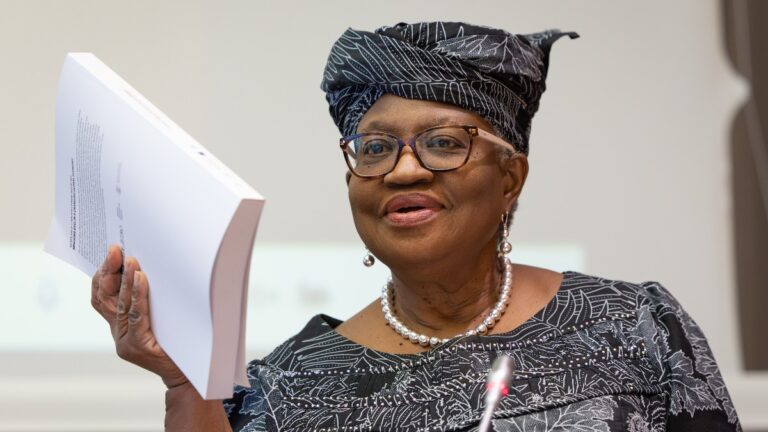
Washington/Beijing: In view of South China Sea disputes and the Chinese aggressive assertions in the region, a top American General today said the United States was working with the armies in the region “to create, innovate, develop, and discover ways to conduct” operations from the land because they simply just do not have large navies and large armies.
“And I think this is an important point to make that this region has large armies, and the armies are on average about 70 percent of their military. And so the land-power tool is going to have to be a tool that the militaries begin to reorganize and begin to look for innovative, creative ways to defend their territorial integrity and protect their national sovereignty,” General Charles A. Flynn, US Army Pacific Commanding General, told media persons in a digital press briefing.
He was responding to a question by a Philippine journalist on how land-based unity and interoperability with the US was relevant to the South China Sea disputes, where most countries here were archipelagic “and the belligerent danger being China that operates largely in the sea?” General Flynn replied, “And so I think that what we add value in the US Army, is – our value-added is to work with the armies in the region to create, innovate, develop, and discover ways to conduct those operations from the land because they simply just do not have large navies and large armies”. He noted that while many of these nations were archipelago states, “but you also have large armies that are on land masses on the Asian continent. And so this is an area where I think the US Army adds great value in helping to work with them to do that”.
The General said the United States’ greatest value was in creating opportunities for interoperability. According to him there were three types of interoperability – human interoperability, technical interoperability, and procedural interoperability. “And while the procedural and technical matter with weapon systems and the procedures we follow once we’re training, the most important part of the interoperability is the human interoperability. That is the relationships, the leader-to-leader, soldier-to-soldier, unit-to-unit opportunities that we get from being on the ground and teaching, coaching, advising, assisting, and securing and helping to secure one another’s sovereign territory,” he said.
General Flynn disclosed that the US was working with the Philippine army to reorganise, modernise and upgrade it. Noting that 70 per cent of the Philippine military is its army, which has 12 divisions: 11 infantry divisions and an armoured division, he said and the Commanding General of the Philippine Army Lieutenant General Romeo Brawner, were working on new techniques, procedures, and organizations to conduct territorial defense in the littorals – in the maritime littorals, in the air littorals, and on land and from the land – to defend their national sovereignty, to defend the territorial integrity, to defend the people, to defend their wealth, to defend rights to their resources.
Earlier, it may be mentioned that the US Assistant Secretary of State for East Asian and Pacific Affairs Daniel J. Kritenbrink, while briefing media persons about the May 1, 2023 meeting between the US President Joe Biden and Philippine President Ferdinand R. Marcos, Jr., at the White House, talked about an “enduring security alliance [with Philippine] further bolstered by the Mutual Defense Treaty, the Visiting Forces Agreement and the Enhanced Defense Cooperation Agreement, and a partnership ready to address today’s greatest challenges”. The Philippines is the U.S. – is the United States’ oldest ally in the Indo-Pacific and during their meeting, Biden and Marcos Jr. had discussions on defense cooperation and developments in the South China Sea, and their commitment to working together there “to uphold international law and the rules-based order”.
Stressing on the need of maintaining peace and stability across the Taiwan Strait, the two leaders in a joint statement affirmed the importance of maintaining peace and stability across the Taiwan Strait “as an indispensable element of global security and prosperity”.
As the US laid out in very clear terms under bilateral security guidelines with the Philippines that it will come to its defence if its armed forces, including coast guard vessels, came under attack anywhere in the South China Sea.
China criticised such moves stressing that the South China Sea is the shared home for countries in the region, “not a hunting ground for forces outside the region”. Beijing stated that when “regional countries are committed to mutual trust, solidarity, cooperation and properly handling differences, they have in their hand the key to peace and stability in the South China Sea”.
– global bihari bureau





